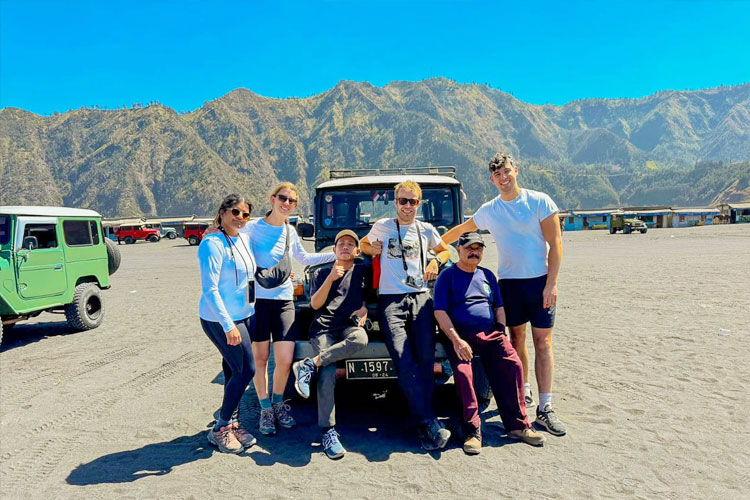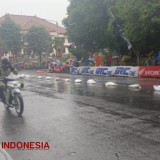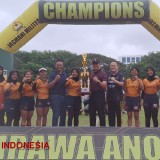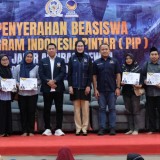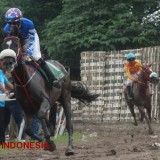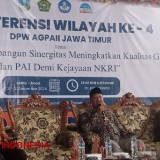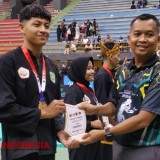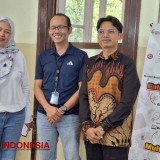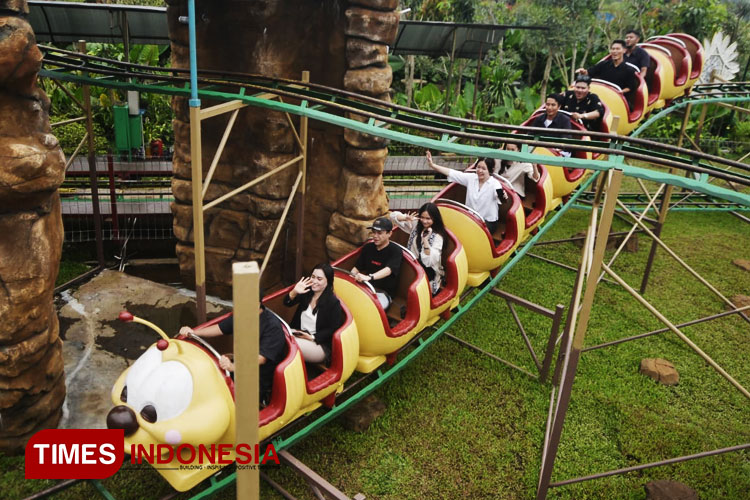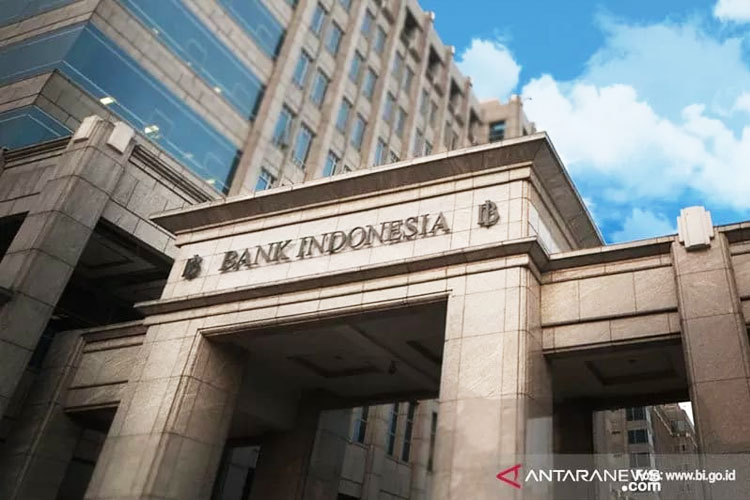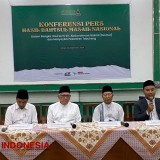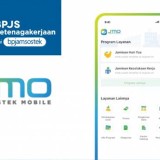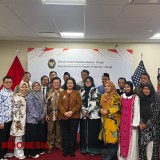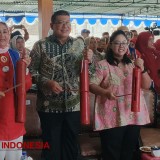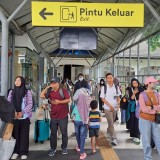TIMES MALAYSIA, JAKARTA – Nestled near the stunning landscapes of Mount Bromo, Probolinggo has become a hotspot for tourists seeking both adventure and cultural immersion. Ahmad Santuso, a local tour guide and jeep provider, has dedicated his career to showcasing the beauty of his homeland and sharing authentic experiences with visitors from around the world.
With a deep passion for the region and a wealth of knowledge about its natural and cultural heritage, Ahmad provides more than just a journey. He offers stories and insights that transform trips into memorable experiences.
In this interview, we uncover what drives him explore his favorite spots, and learn about the challenges and rewards of working as a tour guide in East Java.
1. How long have you been a tour guide, and what made you interested in this profession?
I’ve been working as a tour guide and jeep provider for more than a year. Initially, I was drawn to this profession because of my love for nature and the tourist attractions in my area. Being a tour guide gives me the chance to meet new people and introduce them to the beauty of destinations like Bromo and Ijen, which are sources of pride for us in Probolinggo.
2. What are the biggest challenges you face when guiding tourists to destinations like Bromo, Ijen, and Tumpak Sewu?
The biggest challenges usually relate to weather and unpredictable natural conditions. For example, in Bromo, thick fog can sometimes reduce visibility, while in Ijen, tourists need to be prepared for sulfuric gas exposure. Ensuring tourists’ safety and comfort on challenging terrain is also quite demanding.
3. Do you have any unforgettable experiences with tourists? Could you share a story?
One memorable experience involved a tourist from Europe who was deeply impressed by the hospitality of the locals around Bromo. He even joined a local cultural event and felt like part of the community. That moment made me realize that tourism isn’t just about places but also about experiences and meaningful interactions with local culture.
4. What makes Mount Bromo, the Ijen Crater, and Tumpak Sewu Waterfall so special compared to other tourist destinations?
Each of them offers a unique experience. Bromo is famous for its breathtaking sunrise views. Ijen features the rare blue flame phenomenon and an active sulfur crater. Meanwhile, Tumpak Sewu, known as the Niagara of East Java showcases stunning multi-tiered waterfalls. The combination of natural beauty, cultural significance, and the uniqueness of each destination makes them truly special.
5. When is the best time to visit each of these places?
The best time to visit Bromo is between May and September, when the weather is clear and the sunrise views are more visible. Ijen is best visited during the dry season to avoid slippery trails. For Tumpak Sewu, the dry season is also recommended because the water flow is more stable, and the trekking paths are safer.
6. What are the tourists' favorite attractions or spots at each location?
In Bromo, Penanjakan 1 is the most popular spot to watch the sunrise. In Ijen, tourists are fascinated by the blue flame, which can be seen at night or early in the morning. At Tumpak Sewu, tourists love trekking down to the waterfall’s base to experience its sheer power up close.
7. What preparations should tourists make before visiting Bromo, Ijen, or Tumpak Sewu?
Tourists need to prepare physically since the trails at these places can be challenging. Warm clothing is essential for Bromo and Ijen due to the cold temperatures. In Ijen, a special gas mask is recommended to protect against sulfur fumes. For Tumpak Sewu, trekking shoes and rain gear are highly advisable.
8. Have you noticed any environmental changes due to the increasing number of visitors?
Yes, I’ve observed some changes. For instance, some areas have suffered damage due to litter left by tourists. Additionally, vegetation along trekking paths has been affected. Education and stricter supervision on environmentally responsible behavior are essential to preserve these places.
9. Do you notice any differences in attitudes or expectations between local and foreign tourists?
Yes, there are some differences, especially in terms of expectations and interactions. Foreign tourists tend to be more interested in cultural and natural experiences, while local tourists focus more on photo opportunities. However, both appreciate the beauty that these destinations offer.
10. In your opinion, what can the government or related parties do to improve the tourism experience at these destinations?
I think the government can improve infrastructure, such as roads leading to tourist sites, to make access easier. Promoting sustainable tourism and educating tourists about maintaining cleanliness and protecting nature are also crucial. Adding more signage and support facilities like toilets along trekking paths would also enhance tourists' comfort.
Through his work, Ahmad Santuso not only guides travelers across the rugged terrains of Probolinggo but also fosters a deeper understanding and appreciation of the area’s rich culture and breathtaking landscapes.
His dedication and passion for his craft are evident in his approach to providing memorable, personalized journeys for each visitor. As tourism continues to grow in East Java, professionals like him are essential to preserving the authenticity of these experiences while welcoming new visitors with warmth and expertise. (*)
Artikel ini sebelumnya sudah tayang di TIMES Indonesia dengan judul: Bromo, Ijen, and Tumpak Sewu: A Tour Guide Story About this Stunning Mountain
| Writer | : |
| Editor | : Khodijah Siti |
